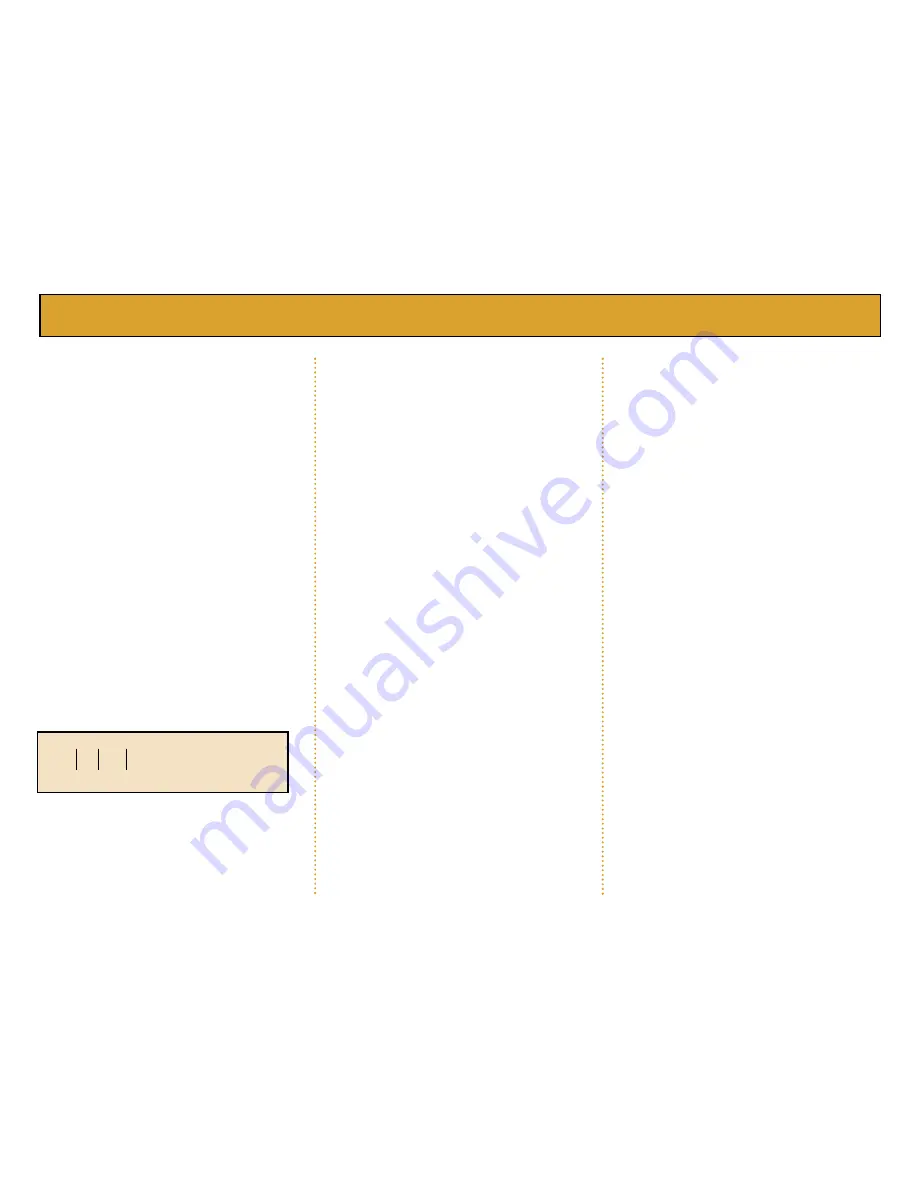
10. User Guide / Common Operations
E-Mail Addressing
l
Every E-Mail user has a unique address where you
can send mail. Think of an E-Mail address like a
mailing address where you receive postal mail.
l
Everybody in your town or city has a unique street
address which allows your mailman to deliver mail
to each person or household.
l
With E-Mail, your street, city, state and zip code is
combined into a single descriptor called a Domain.
Think of a domain like “123 Maple Street, Cincinnati,
OH 12354” in the postal mail world. Each user within
a Domain is assigned a name, just as each person
in your household has a unique name.
l
An E-Mail address is simply a combination of a
name and a Domain, combined with the @ symbol to
separate the two. So, for example, an E-Mail
address might look like:
jane @ usmessage.net
Name@ Domain Name
which is like saying:
“The Jane who lives at 123 Maple Street in
Cincinnati Ohio, 12354.”
l
The difference between domains and actual
real-world locations like “123 Maple Street” is that
people belonging to an E-Mail domain may be
physically located all over the world. The many
E-Mail post offices take care of delivering each
person’s mail no matter where you live by using
domains.
l
Notice that the domain name has a period (.)
followed by .net. The .net is an address extension
that means the domain is network E-Mail address,
as opposed to a university/school (.edu),
government (.gov), or a commercial public (.com)
domain. You will probably see addresses ending in
all of these possible endings and others. It is only
important that you enter a person’s entire E-Mail
address exactly as it spelled, including the domain
and extension (.com, .edu, .gov, etc.).To see your
E-mail address, go to Main Menu-Extras-Users-
Your Account-Edit at the third line down.
Using Keys to Navigate
l
Use the Left, Right, Up and Down arrow keys to
move the cursor. Use Left and Right arrow with Fn
key to move the cursor to the beginning and the end
of a line.
l
When there are some fields to input, you can use
either the arrow keys or the Tab key to move among
these fields.
l
Use the PgUp and PgDn keys, you can go to the
previous and next screens when you are reading a
large message which contains more than one
screen. Use them with Fn key you can go to the
previous and next messages.
l
Your MailStation has five function keys below the
display corresponding to the functions displayed on
the screen. You can press these keys to access the
desired function.
Using Your In Box
When you are in your In Box, you can:
l
Read, reply, forward, and delete E-Mail messages.
l
Create and send E-Mail messages.
l
Connect to the server and check E-Mail messages.
l
Save the E-Mail messages to send later.
l
Use your Address Book.
l
Search for E-Mail messages.
l
You can see how many E-Mail messages there are
in your Inbox. Those unread ones are displayed as
new E-Mail messages with a small envelope before
the author. Author, date and subject are displayed.
l
Five commands: (1.) Read, (2.) Delete, (3.) New,
(4.) Check and (5.) Search are shown at the bottom
of the display. Use the key corresponding to each
function to perform the operation you desire. The



















